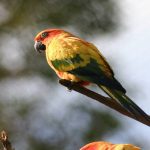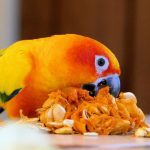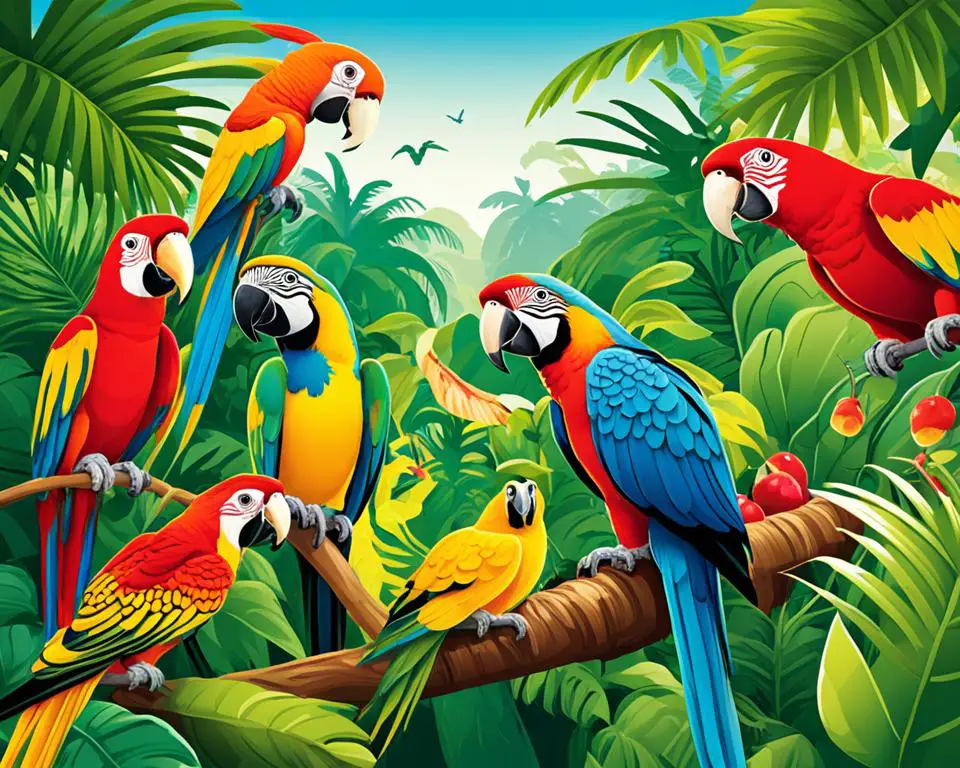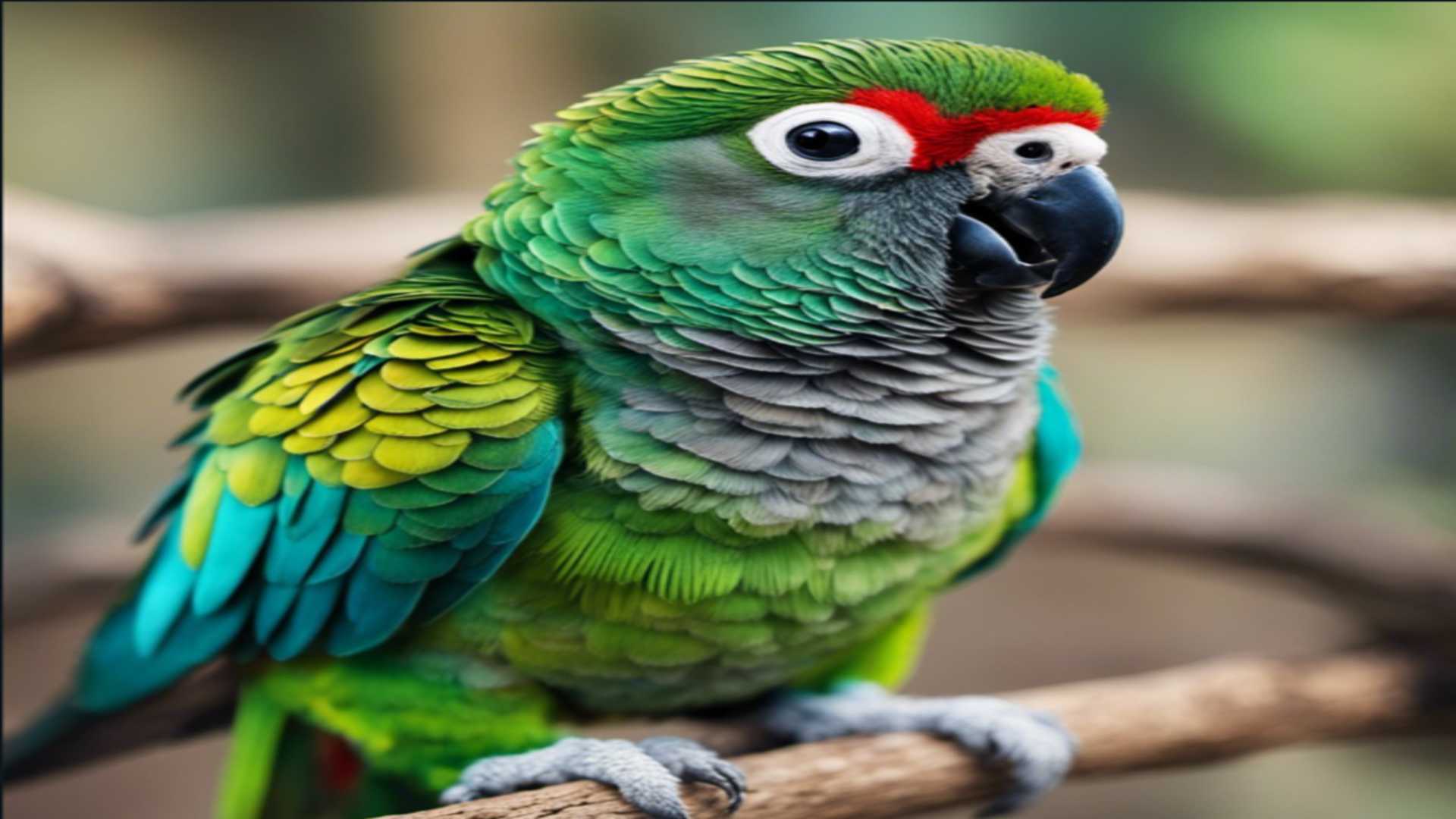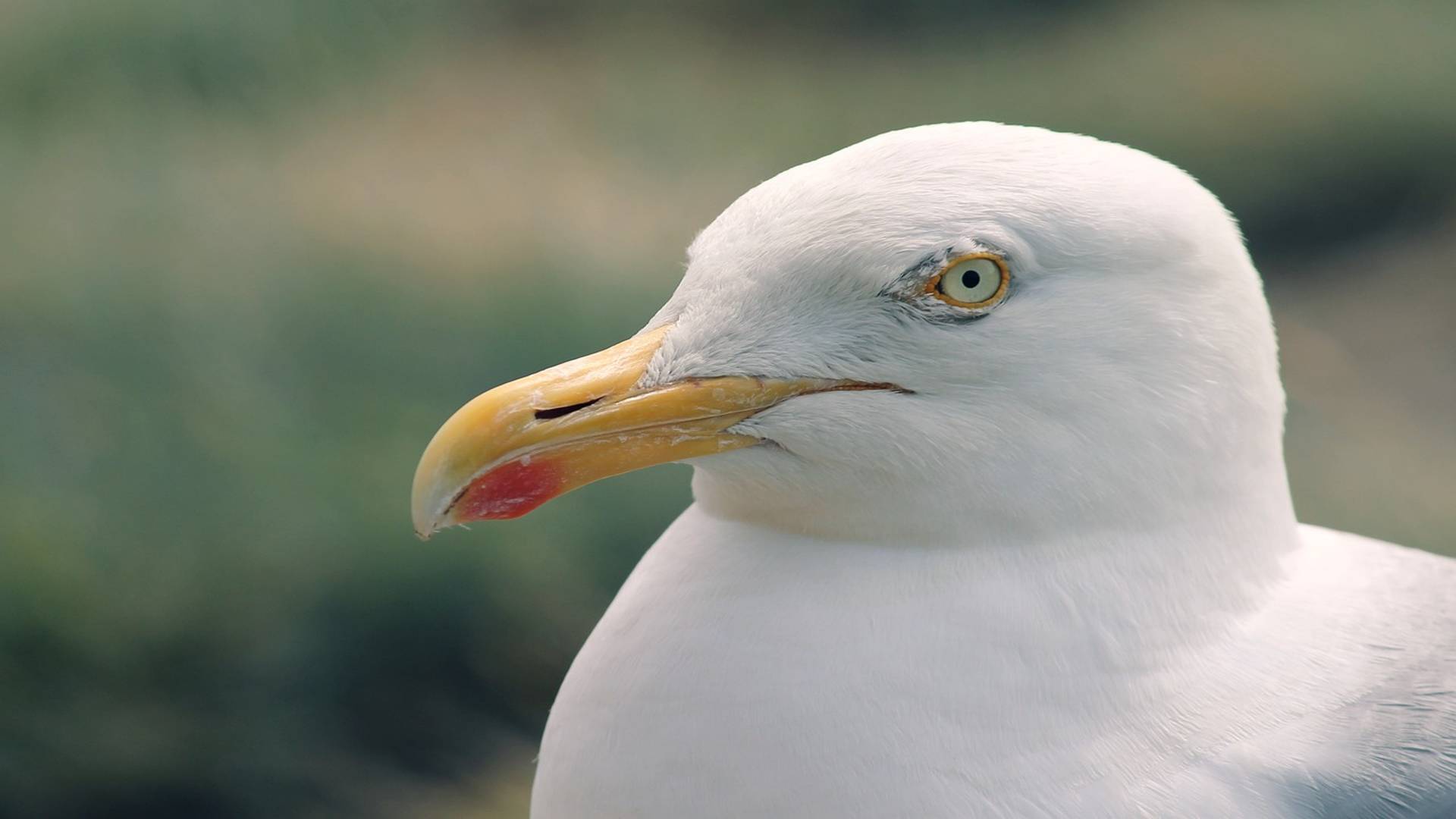As I walked through the vibrant rows of bird cages at my local pet store, I couldn’t help but be captivated by the enchanting colors displayed by the conures. These small, charming parrots stood out among the other birds with their dazzling hues and cheeky personalities. It got me thinking, why are conures so colorful?
Conures rely on their impressive coloration not only for camouflage and protection from predators but also for communication among their flock. Diving into research, I discovered that the brilliant colors of conures play an essential role in their natural habitat.
Spanning across South and Central America, these birds are native to the dense, colorful rainforests filled with rich flora and fauna.
In the lively world of conures, their vivid plumage serves a variety of functions.
From mating rituals to establishing social hierarchies, the colors of these feisty birds help maintain the delicate balance within their social groups.
Today, I will guide you through the science behind why conures are so vibrantly colored. We will explore how their unique color patterns help them to communicate and protect themselves in the wild.
The Biology of conure coloration
Conures boast some of the most vibrant plumage found in nature. This coloration is made possible by two major factors: pigmentation and structure.
Cell and genetic basis
As an avid bird enthusiast, I’ve often marveled at the vibrant colors of conures. The colors we see in these birds are closely related to their cellular structure and the genes they possess.
My research has found that conure coloration is mainly determined by the presence of pigments called melanins and psittacofulvins, in their feather cells, as well as the way light interacts with these pigments.
Melanins are responsible for dark colors like black and brown, while psittacofulvins produce the stunning red, yellow, and green hues commonly associated with conures.
Plumage and markings
In my observations, the distribution of colors on a conure’s body varies among species and individuals. However, some general patterns can be identified.
Typically, a conure’s head is adorned with bright, distinct colors, while its body feathers exhibit more earthy tones. Moreover, I’ve witnessed that some conure species display distinctive markings, such as:
- Sun conures. A mix of bright yellow, orange, and red on the head, with green and blue wings and tail.
- Green-cheeked conures. A green body with a red forehead, blue wings, and a maroon tail.
- Blue-crowned conures. A blue head with a green body and black beak.
Color variations across species
Wait, we are not done yet!
As mentioned earlier, conures come in a variety of colors and patterns. Over the years, I’ve been fortunate to observe various conure species, and I can confidently say there’s a plethora of color variations among them.
Some species exhibit vivid blues and yellows, while others are adorned in shades of green and red.
Such differences in coloration are aesthetically pleasing and serve important biological functions, such as camouflage and mate attraction.
The colors of conures can be attributed to their cellular structure, genetics, and the way light interacts with the pigments in their feathers.
The dazzling array of color variations found across different species truly makes conures not only visually striking but also fascinating subjects for study and admiration.
Read also: When Do Conures Molt? (A Bird Owner Explains)
Conures in their natural habitat
In the wild, these birds often form large flocks that can be seen flying, playing, and foraging in the vibrant rainforests of Central and South America.
The stunning colors of conures come in handy when it comes to protection from predators. Whether up in the sky or perched atop branches, their bright feathers help them blend into the backgrounds of their lush surroundings.
Moreover, I’ve found that conures use their coloration to communicate with each other and establish social hierarchies within their flocks. Creating a pecking order helps to prevent chaos and maintain the delicate balance of the group.
Origin and distribution
As a conure lover, I can tell you that these vividly colorful members of the parakeet family are predominantly found in South America. The majority of conure species are native to the tropical regions of the continent, where the environment is ripe for boasting such brilliantly colored birds.
Habitats
One of the most striking aspects of conures is their affinity for habitats such as rainforests, palm groves, and even arid environments.
Personally, I have observed them thriving in environments ranging from dense, lush rainforests teeming with life to semi-arid regions where water and food might be scarce.
This adaptability plays a large role in their ability to survive and thrive in such different habitats.
Read also: How to Stop Your Conures From Fighting (7 Tips)
Subspecies
Conures are not a monolithic group; rather, they comprise a multitude of species that can be quite distinct from one another.
In my experience, the vibrant array of colors found in conures corresponds to their varying habitats and subspecies, with each species showcasing attributes peculiar to their specific environment.
With more than 40 recognized species of conures, the diversity in their appearance and habits is truly fascinating for any bird enthusiast like myself.
Considerations for conure owners
Unfortunately, the colors in the conures are not only spectacular but also delicate. Poor nutrition or aging can cause their feathers to fade.
Color changes with age
As a conure owner, I’ve noticed that their colors can change as they age. When my sun conure was a baby, its feathers were primarily green. However, as it grew up, the vibrant yellows, oranges, and reds became more prominent.
This can vary among different conure species, but it’s something to be aware of if you’re considering adopting one of these beautiful parrots.
Conure vs. other parrots
I have owned various parrots, and comparing conures to other species, such as macaws and jays, has made me notice some important differences. These are worth considering if you’re deciding between a conure and another type of parrot:
- Size: Conures are generally smaller than macaws and jays, making them suitable for owners with limited space.
- Colors: While all three species exhibit vibrant colors, conures are known to have some of the most striking patterns in the parrot world. Sun conures, in particular, are sought after for their gorgeous coloration.
- Noise level: Conures can be loud, but other parrots, like macaws can be even louder. If noise is a concern, you might still prefer a conure over other types of parrots.
Through my experience with various animals, I’ve found that each conure species has its unique qualities.
But regardless of the type, conures are incredibly vibrant parrots that make wonderful companions for those who appreciate their beauty.
Just remember to consider their age-related color changes and compare them with other parrots when making a decision on which bird is right for you.
How do conures use their colors to communicate?
I’ve noticed that their vibrant colors serve various communication purposes. For instance, they use their colorful plumage to attract mates.
During the mating season, males often fan out their bright feathers to get the attention of females and display their vitality.
Conures also utilize their colors to assert dominance or submission within their group. Dominant conures may puff up their feathers and display bolder colors to assert their status, while submissive ones may shrink down and show more muted colors.
These color displays help conures maintain a social hierarchy within their flock, minimizing conflicts and ensuring a smooth interaction.
How they use colors to camouflage
In the world of conures, being colorful is not just about looking pretty; it plays a vital role in their survival. Conures use their vibrant plumage to camouflage themselves to hide from predators or when searching for food.
For example, a green conure blends into the leaves of trees and can go unnoticed by predators. Similarly, a yellow conure could be mistaken for a flower or some other type of vegetation.
Summary
Before we move on to the conclusion, we’ve summarized this article into a short list of key points for you to remember:
- Conure coloration plays a vital role in their survival, helping them to blend into their surroundings and communicate with their flock.
- The distribution of colors on a conure’s body varies among species and individuals, with some displaying distinctive markings.
- Conure coloration serves critical biological functions such as camouflage and mate attraction.
- The coloration is determined by pigments and the way light interacts with them.
Conclusion
Conures are undoubtedly stunning creatures that come in vibrant colors. However, these splendid hues serve much more than aesthetic purposes; they play an essential role in their social and survival behaviors.
Good luck with your pet conure, and enjoy the vibrant colors they bring into your life!
Want to learn more about conures?
Ready to boost your knowledge to the next level? If so, check out the articles below:
- Conure Chirping Meanings ( With Video)
- How Long Can You Leave a Conure Alone?
- Are Conures Smart? If so, How Smart Are They?

